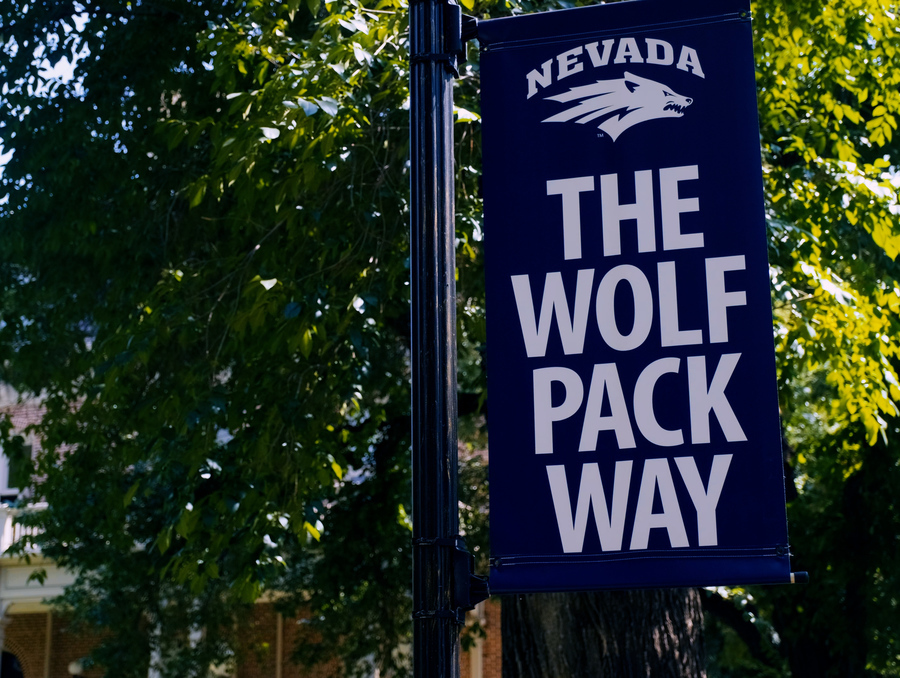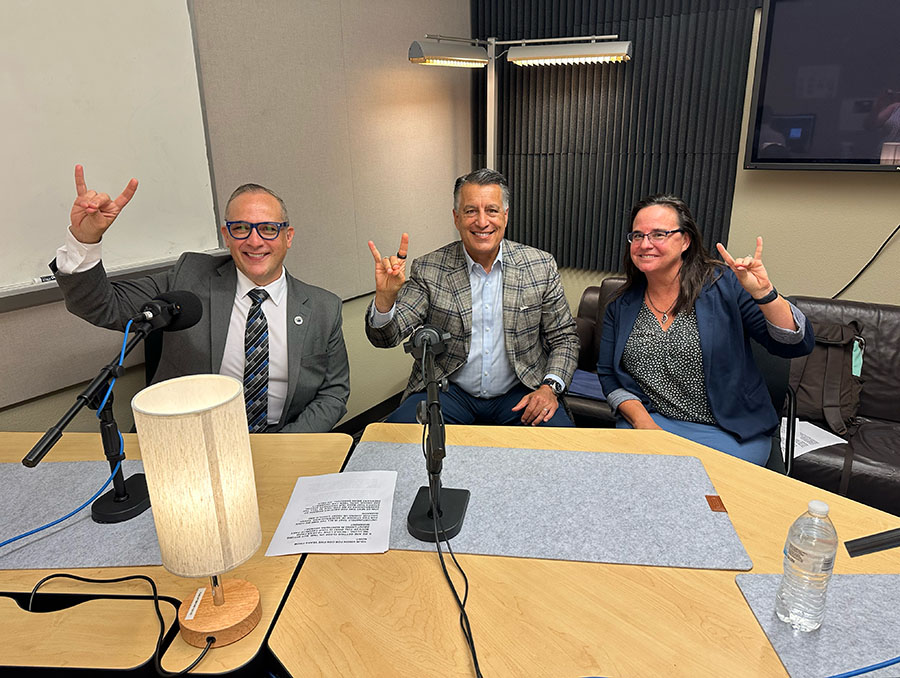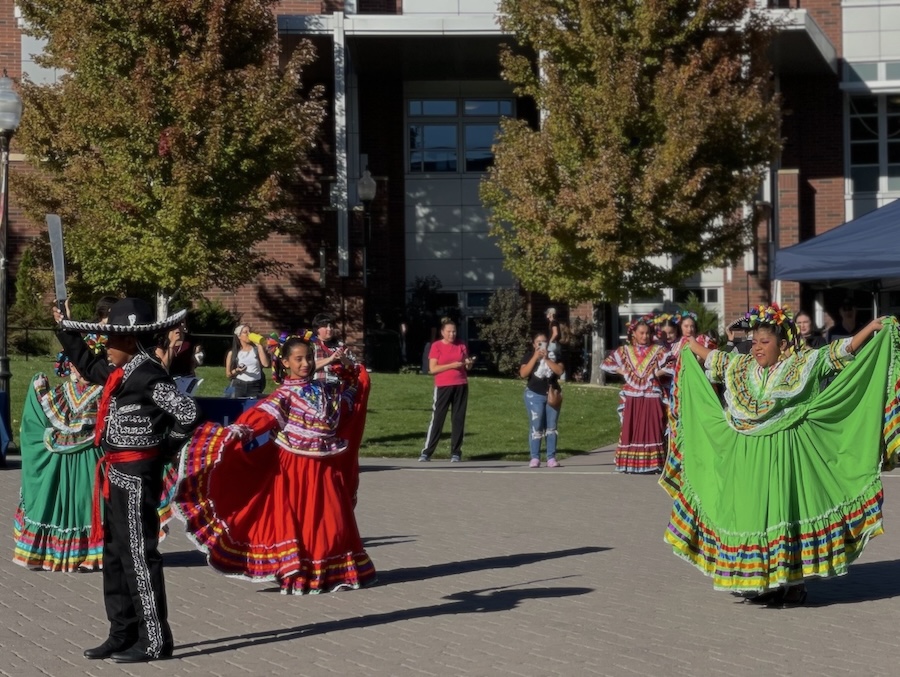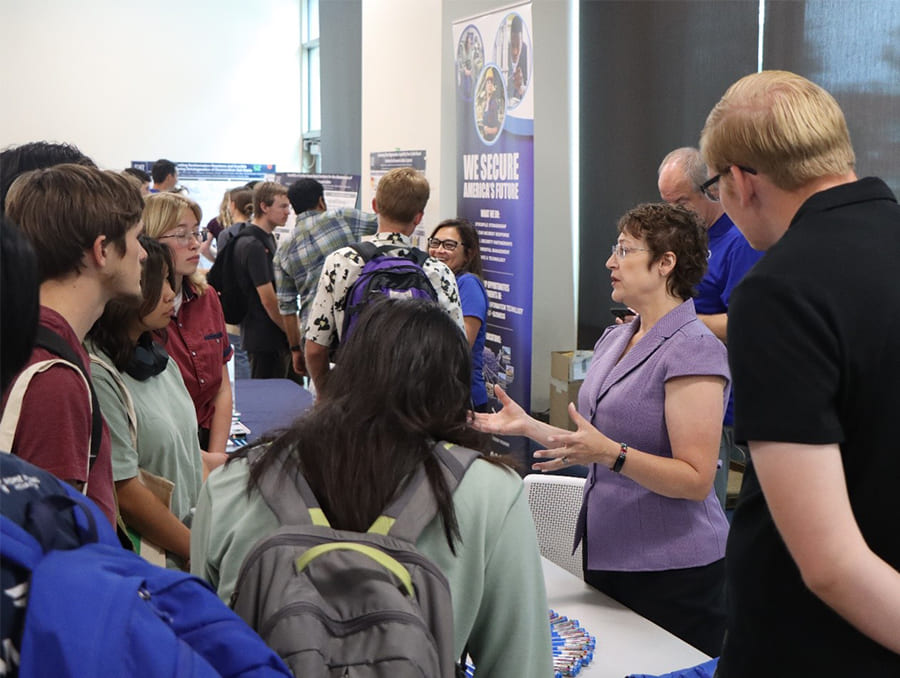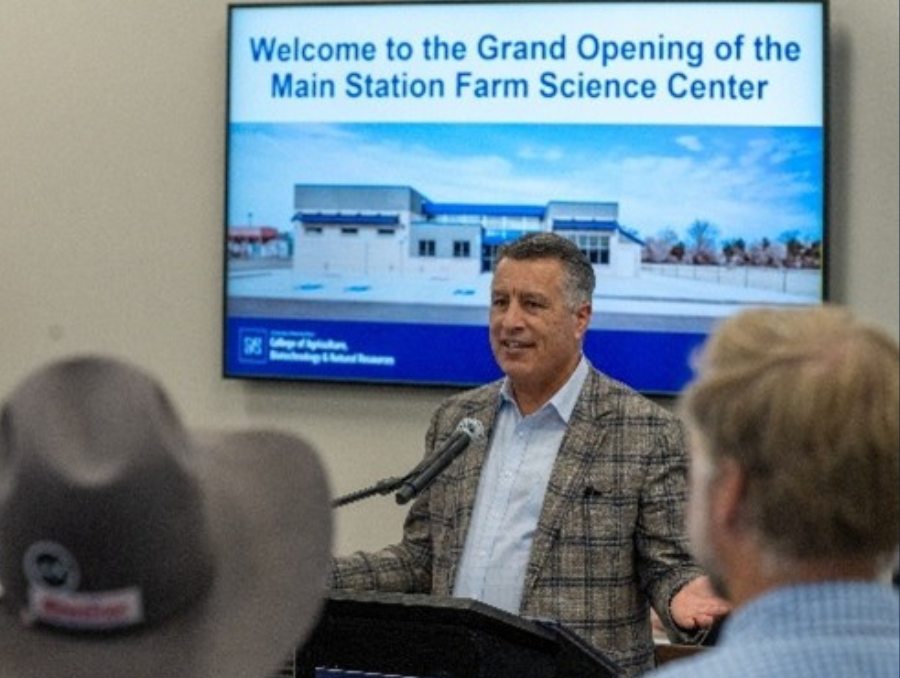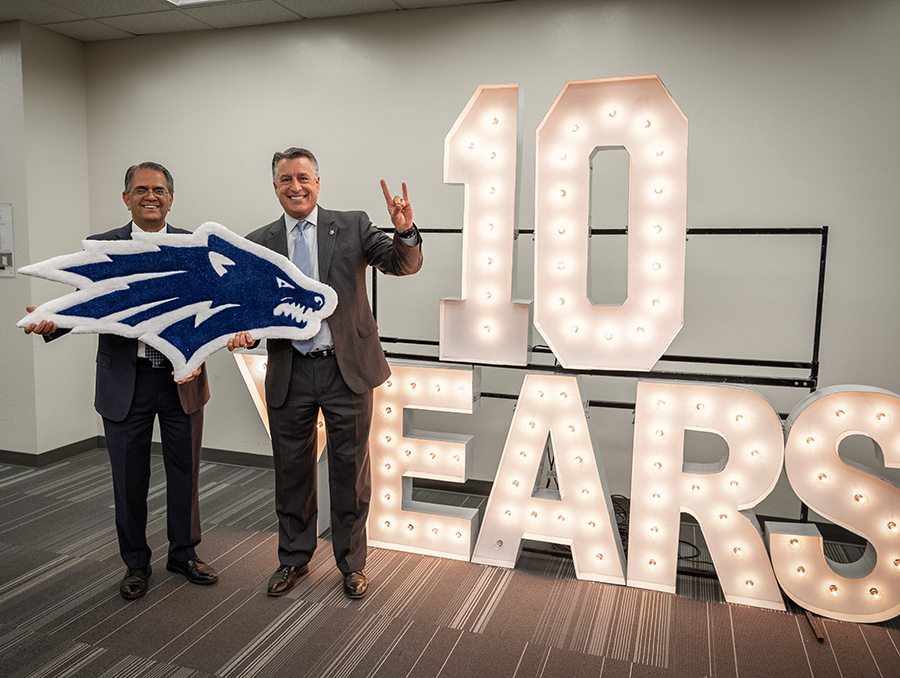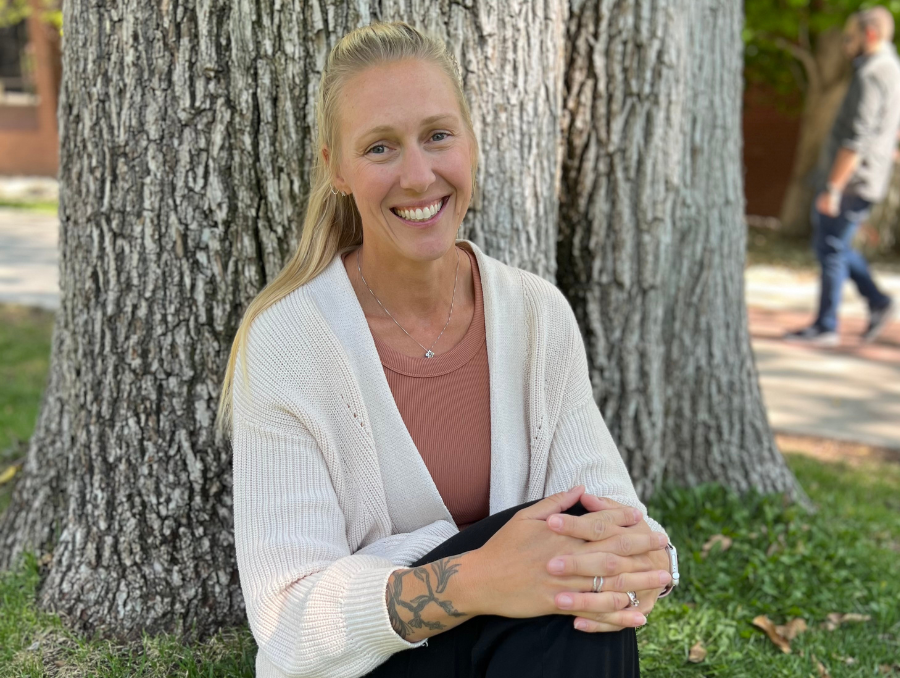As hawks in the Reno and Sparks area go about their lives, University of Nevada, Reno graduate student Justin White and his team of enthusiastic interns are there for all the action and activities.
"We have found more than 70 nests and have set up 24 nest cameras," White, who is a geography student working on his doctorate, said. "This means we have driven enough kilometers to cross the United States twice just in Reno looking for nests. We have been able to measure things like chick survival, feeding intervals and parental roles relative to urban density."
White's Reno Hawk Project has two main goals: to gain insight into how nesting Red-tailed Hawks as one of the largest apex predators in the urban ecosystem are affected by different levels of urbanization, and to provide a platform for the University to connect with the local community and an opportunity for interested residents of the Truckee Meadows to join in the research. Since the fall of 2014, White, his team and community partners have sighted, recorded and documented several kinds of hawks and their activities.
"This is not just 'citizen science' as we have come to know it but rather a medium where folks can join us in the field to learn about hawks' breeding behavior, our hawk populations, and how we are conducting the study," he said. "After all, these birds are nesting in Reno's backyards and they provide a lot of entertainment for many people."
White first became interested with hawk ecology when he was exploring areas of the Caribbean in 2011. His passion grew stronger as he returned to the Caribbean in 2012 and in 2013 when he worked for the Peregrine Fund in Punta Cana, Dominican Republic. In 2014, he also worked for the Peregrine Fund in Antisanilla, Ecuador with Andean Condors and foxes. His experience with hawks became more frequent which led to a great fascination with the predators.
"What usually drives my questions is looking at things in a different perspective," he said. "So what if we were looking at it from a hawk's perspective? If we were up on a building, and we see a hawk flying around during the spring when they are competing with crows and ravens for nesting areas? There are all these interactions happening above us," White said.
The Reno Hawk Project continues to serve as an opportunity for learning and discovery.
"One of the things that inspired this project was driving by Rancho San Rafael Park near campus and seeing a hawk on a post; a lot of people I have talked to say they see hawks on the highway every day."
The Reno Hawk Project encourages the community to get involved in any way they can. White and his team make it a priority to interact with the public. They are out researching and discovering hawks' nests seven days a week during the winter.
What drives this project forward is the main goal of figuring out the interaction between the hawks and the urban density of Reno. The urban density is what allows the hawks to come in and to have high mortality rates.
Last season, White had six interns, and he's hoping to have a few more this fall. He is currently searching for and welcoming anyone who is interested.
"Not a lot of wildlife internships are local," White said. "Students typically have to travel far away to field sights and live and work there every day during a season."
During the project's first season last year, the team received a $1,000 grant from Geodactics, along with a grant from RICA, Researchers Implementing Conservation Action. The University also provided assistance and money for essentials such as gas, equipment and other basic field needs. The budget for the project has been minimal at $5,000, but White hopes to increase funding as the project moves forward.
In February, the Reno Hawk Project team will present an information talk at the Moana Nursery about their discoveries. Currently, they are preparing to present at a number of conferences. Their material and information will soon be displayed on their website.
As the Reno project continues, further investigation and research needs arise.
"The model for the project is connecting community with science, and I think this last spring and winter, we did just that," White said. "A lot of folks have an interest in this kind of thing or have some experience to share."

